Highland Practice Model
Getting it right for every child (GIRFEC) is outlined in the Children and Young People Act 2014. It aims to improve outcomes for all children and young people by promoting a shared approach that builds solutions with and around children and families. It enables children to get the help they need when they need it; supports a positive shift in culture, systems and practice and involves agencies and services working together to make things better.
In Highland, the Highland Practice Model has been developed in keeping with the principles of Getting it Right.
The desired national outcomes for children and young people, from the Curriculum for Excellence, are that all children should be:
• Confident Individuals
• Effective Contributors
• Successful Learners
• Responsible Citizens
To achieve this all children need to be Safe, Healthy, Active, Nurtured, Achieving, Respected and Responsible and Included.
These are known as the 'wellbeing indicators' and are known as S.H.A.N.A.R.I.
The Highland Practice Model will ensure that children and their carers
are central to the process of finding solutions and having their needs met.
Everyone working with children is expected to use one consistent and
equitable approach, actively sharing information to agreed protocols and
working more effectively together to improve outcomes for children.
Everyone needs to be clear about their personal responsibility to do the
right thing for each child. Parents and children, together with schools,
professionals and others working with children will benefit from a
collaborative approach which results in the development of a Child’s Plan
to meet all the child’s needs.
The Highland Practice Model operates throughout the Highland area.
It affects the working practices of all staff in Care & Learning along with
Police, Children’s Reporter and Voluntary Agencies who work with
children and families, including services to adults who are also parents.
The current responsibility to act if a child is at risk of harm does not change. All staff should follow Child Protection Procedures.
However, there is now a wider responsibility to consider a child’s wellbeing across the S.H.A.N.A.R.I. spectrum.
Each child will have a Named Person in Universal Services (health and education) who is the point of contact for the child, parents, professionals and the community. This will be the family health visitor for pre-school children and a designated person in school for school age children. Where a concern about wellbeing is raised and there is no risk of harm to the child, consent should be gained from the child and parent to share this information with the Named Person. In partnership with the parents, child and, with consent, the Named Person, organisations/carers will consider what additional support is needed to meet the child’s agreed needs. If there is a risk of harm to a child, information will be shared without seeking consent.
Where a child’s support needs require different agencies/services to
collaborate and work together, a Child’s Plan will be developed. At this stage a Lead Professional will be appointed to ensure the Child’s Plan meets the identified needs and everyone is doing what they agreed.
It must be clear to all involved in the Child’s Plan what the actions are to be taken. It will; also outline the desired outcomes and reviewing process for the child. This may be as simple as a particular strategy to ensure a child’s inclusion in certain activities to something more specific such as administering medication or providing personal care.
The Lead Professional will ensure the active involvement of a child
and family and ensure the Child’s Plan is reviewed with progress and
challenges noted. Partners contributing to the plan may be asked to
contribute to this review.
In the long term, all child protection training will be delivered as part of a series of Highland Practice Model training modules and so should eventually reach all organisations working with children. Meantime groups will have differing needs for information and training depending on the level of support offered to children and families in need by their service.
More information about the Highland Practice Model - Click on Image for website

